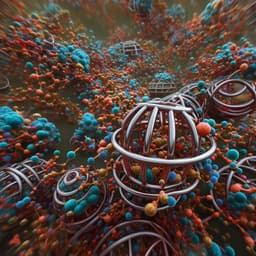
Medicine and Health
Self-activating anti-infection implant
J. Fu, W. Zhu, et al.
Discover groundbreaking research on self-activating implants with HA/MoS2 coating, designed to combat infections from Staphylococcus aureus and Escherichia coli while promoting bone regeneration. This innovative approach simultaneously enhances osteogenic ability and antibacterial properties, showcasing significant potential for improving implant efficiency, conducted by renowned authors including Jieni Fu and Weidong Zhu.
~3 min • Beginner • English
Related Publications
Explore these studies to deepen your understanding of the subject.







